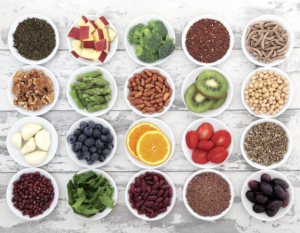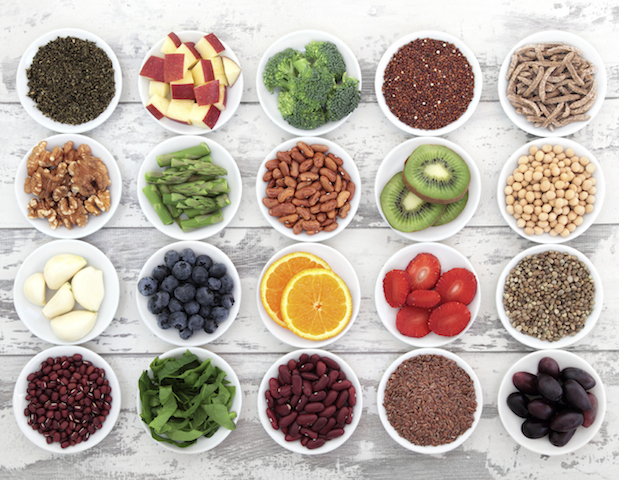
Millions of people have transformed the way they think about food. There are very few people who put food in their mouths without thinking about how what they are eating will affect their health. Even the people who decide that they don’t care about their health are thinking about it.
The science of nutrition is moving forward in leaps and bounds. There is still a lot of controversy and confusion about what is considered an optimal diet, but it is gradually becoming more clear. A low-carbohydrate mediterranean diet that is plant-based, including some fish, wine, olive oil, beans and lentils, is what most experts recommend now. Research on Onions and garlic, brassica vegetables, berries, chia, pomegranate and other superfoods has made people aware of the healing power of phytonutrients.
Many people are going beyond established science to adopt dietary innovations that have great healing potential. Gluten-free, organic, raw and vegan diets are very popular, and while their benefits are not yet widely accepted, they make a lot of sense.
As a doctor who uses consciousness to turn on the healing response, I am surprised that we are still ignoring one of the most important factors that affect the healing power of food – their lifeforce. Admittedly, we don’t know exactly what it is, but it is a really important factor that is actually the difference between life and death.
A fruit that is still attached to a tree is still alive. So is an onion in the ground. As soon as they are picked or pulled, they are dead. What I call consciousness in humans is the mysterious force which keeps us alive, which resists entropy, death and decay. It is present in all living things, and it is no longer present when they are dead. This includes the living things that we eat.
One of the most important changes the way we eat today is that our food is no longer fresh. It was not until the 20th century that widespread refrigeration made it possible to eat food that had been dead for several days or weeks. Transporting food across the country – and eventually across the world – has brought hundreds of foods to modern supermarkets. They have been made to look fresh, but they are not.
Most of the healing traditions of the world believe that the longer a food has been dead, the less healing power it has. This is a powerful idea that, to my knowledge, has never been scientifically tested. But even if you don’t believe that consciousness exists, it is obvious that over time, plants will contain less of the antioxidants, enzymes and other molecules that they produce to resist infection and decay.
If you have ever picked vegetables from your garden and eaten them in a salad the same day, you know that the meal feels different. If you don’t have a garden, visiting a farm to pick your own berries or other fruits is a great way to have fun, connect with the earth and get some living food. Frozen fruit and vegetables may seem inferior, but in many cases they are actually healthier because they are frozen on the day they are picked. All fresh produce should be labeled to clearly state the day it was picked. Sprouted grains and fermented foods heal us because they are alive too.
Many people have decided to adopt the 100-mile diet, choosing food grown nearby whenever possible. This is a great movement for reducing the carbon footprint of the food we eat, but if we really want our food to heal us, a 100-hour diet is a better goal. While we’ll never be able to eat same-day food year-round, we can definitely do better. Fresher, living food is better food.
CONTACT US TODAY FOR MORE INFORMATION ABOUT OUR SERVICES OR TO BOOK YOUR APPOINTMENT.
613-727-7246 or info@seekerscentre.com

